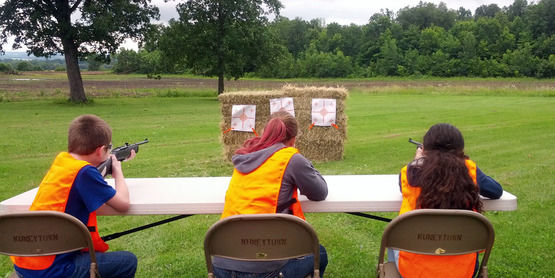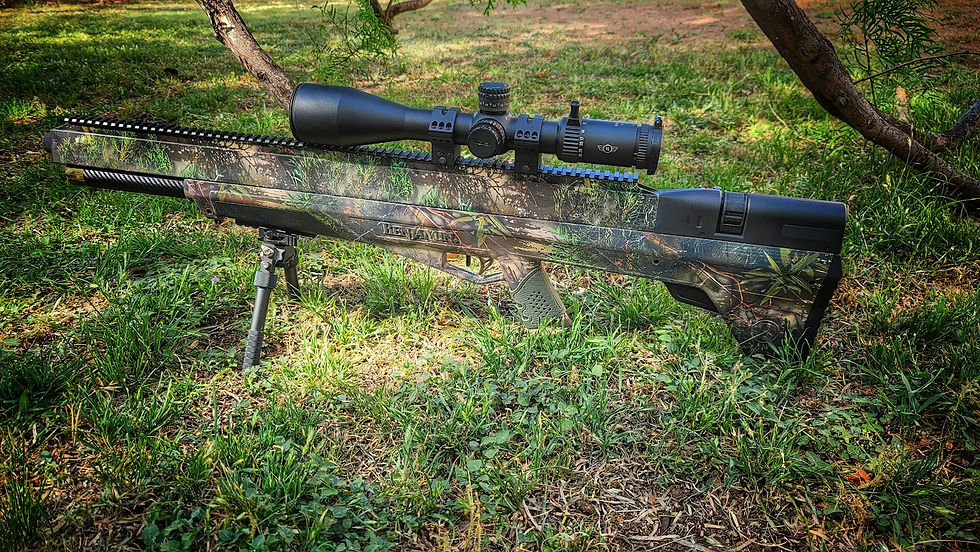Tanks for the Memories
- Matt Hodges

- Mar 22, 2023
- 2 min read

Firefighting has come a long way since the days of bucket brigades and hand-pumped fire engines. One of the most significant innovations in firefighting technology is the breathing apparatus, which allows firefighters to enter burning buildings and other hazardous environments with a much lower risk of injury or death.
The history of breathing tanks for firefighters began in the early 1900s, when smoke inhalation became recognized as a significant cause of death for firefighters. At first, firefighters simply used wet towels or cloths to cover their faces and protect themselves from smoke. But this proved to be inadequate, as the toxic gases produced by burning materials could still be inhaled.
The first breathing apparatus specifically designed for firefighters was developed in 1917 by a Canadian firefighter named John R. Scott. Scott's invention, which he called the "Scott Air Pack," used a compressed air tank to supply fresh air to the firefighter inside a face mask.
Scott's invention was a major breakthrough, and it quickly became the standard breathing apparatus for firefighters around the world. The design was refined over the years, with improvements made to the mask, regulator, and tank. By the 1930s, most firefighters were using some form of compressed air breathing apparatus.
In the 1960s, the use of self-contained breathing apparatus (SCBA) became more widespread. SCBA systems are much more compact and lightweight than earlier models, making it easier for firefighters to move around in confined spaces. They also provide a longer supply of air, which allows firefighters to work for longer periods without needing to exit the building to refill their tanks.
Today, SCBA systems are an essential part of every firefighter's equipment. They are designed to provide a reliable source of clean air, even in the most extreme conditions. Modern SCBA systems use advanced materials and technology to provide maximum breathing time and safeguard the fiefighter. Carbon fiber wrapped aluminum tanks wich can hold up to 5000 psi are and allow the firefighter up to 60 minutes of fresh air, now the standard.
Modern airgunners can take advantage of this technology for their Pre-Charged pneumatic airguns, by allowing them many fill ups and top-offs from a single high-pressure tank.








Comments